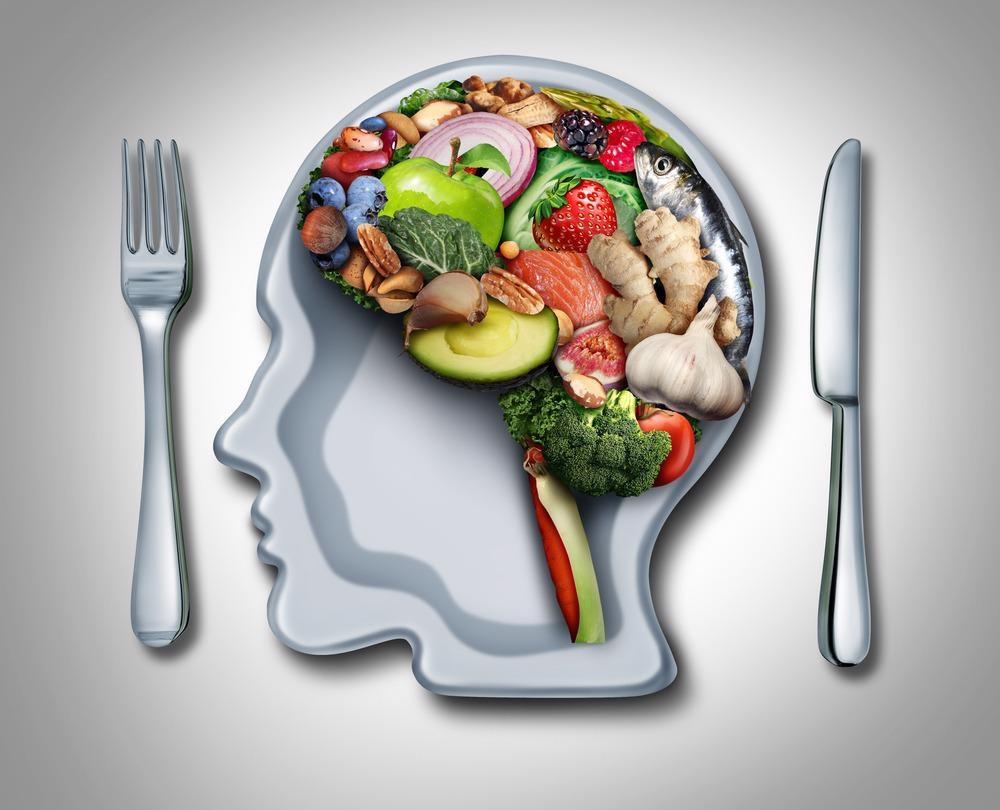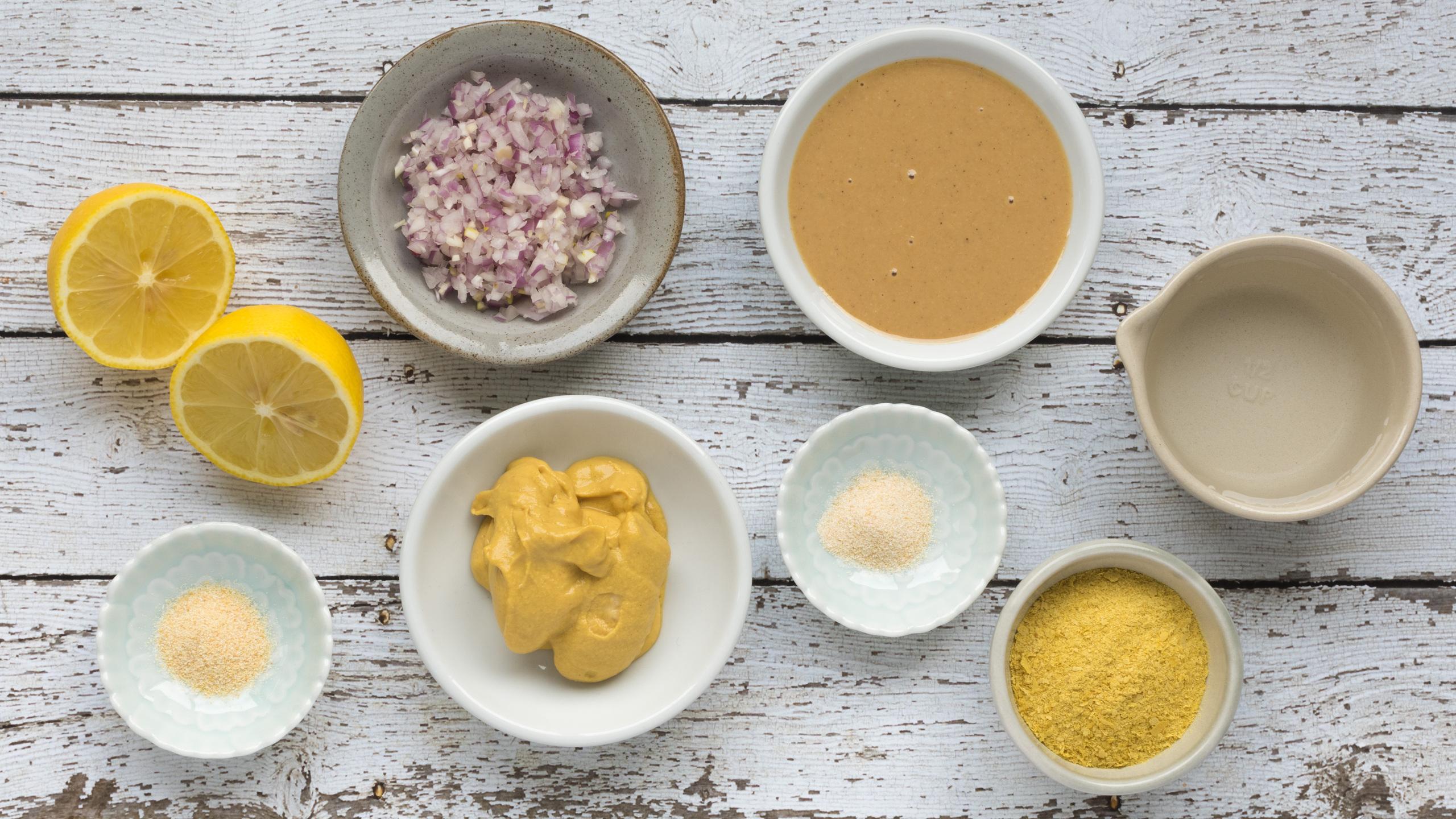Table of Contents
- Exploring Common Food Myths and Misconceptions
- Nutritional Nuances: Decoding Food Labels for Better Choices
- Tackling Dietary Restrictions: Tips for Safe and Delicious Meals
- Flavorful Substitutes: Healthy Alternatives for Everyday Ingredients
- The Science of Meal Preparation: Strategies for Time-Saving and Nutrition
- Q&A
- Key Takeaways


Exploring Common Food Myths and Misconceptions
Food myths and misconceptions are prevalent in our society, often leading to confusion about what we should eat. One common belief is that carbohydrates are the enemy when it comes to weight management. In reality, carbohydrates are essential for energy, especially for active individuals. It’s not about eliminating carbs entirely but rather choosing the right types, such as whole grains, fruits, and vegetables, that provide important nutrients and fiber. Understanding the difference between simple and complex carbohydrates can empower us to make healthier choices.
Another prevalent myth is that eating late at night causes weight gain. This idea stems from the belief that consuming food close to bedtime leads to excessive caloric intake. However, it’s not the timing of meals that matters most, but rather the overall quality and quantity of food consumed throughout the day. For instance, a healthy snack at night can actually be beneficial and prevent unhealthy overeating during the next day. Listening to your body’s hunger cues is more important than adhering to strict eating schedules.
Lastly, many people assume that organic foods are always healthier than conventionally grown produce. While organic farming methods aim to reduce pesticide use and promote environmental sustainability, the nutritional differences between organic and conventional foods may not be as significant as many think. Studies have shown that the health benefits are often more closely related to the variety of fruits and vegetables we consume, rather than their growing method. Here’s a simple comparison table to highlight the key differences:
| Aspect | Organic Foods | Conventional Foods |
|---|---|---|
| Pesticide Use | Minimized | Used |
| Price | Generally higher | More affordable |
| Nutritional Value | Similar | Similar |
| Environmental Impact | More sustainable | Less focus on sustainability |
Addressing these misconceptions can empower individuals to make informed decisions about their diets, fostering healthier habits and a deeper understanding of the food choices available to them.


Nutritional Nuances: Decoding Food Labels for Better Choices
Understanding food labels is essential for making informed dietary choices. These labels often contain a wealth of information, but they can also be overwhelming. The key to navigating them lies in focusing on critical elements that can influence your decisions. For instance, serving size is a crucial detail that can greatly affect perceived nutritional values. What may seem like a healthy snack could easily turn out to be high in calories or sugars if consumed in larger portions than indicated.
Another important component is the ingredient list. Ingredients are typically listed in descending order by weight, meaning the first few items comprise the bulk of the product. Look for whole, recognizable ingredients at the top of the list, which can indicate a healthier option. Be cautious of added sugars, as these can hide under various names like glucose, fructose, or syrup, often making processed foods misleadingly appealing. Additionally, keep an eye out for preservatives and fillers that can detract from the overall quality of your food.
Lastly, understanding nutritional claims can help clarify a product’s health benefits. Terms such as “low-fat” or “sugar-free” do not always equate to healthy choices; they could be compensated by additional preservatives or artificial ingredients. Here’s a quick table to help decode common claims on food packages:
| Claim | What It Means |
|---|---|
| All-Natural | Not necessarily free from additives; can be misleading. |
| Low-Fat | May contain added sugars to enhance flavor. |
| Gluten-Free | Safe for those with celiac disease, but not always healthier. |
| Organic | Indicates farming practices, not necessarily lower in calories or sugar. |


Tackling Dietary Restrictions: Tips for Safe and Delicious Meals
Creating meals that cater to various dietary restrictions can often feel like a daunting task, but with the right approach, it can also be an exciting culinary adventure. When preparing food for individuals with specific dietary needs, it’s essential to understand the restrictions thoroughly. Whether it’s gluten intolerance, lactose intolerance, vegetarianism, or other dietary preferences, always ask for details to ensure you are well-informed. This information will guide your ingredient choices and meal planning.
Adapting recipes to suit diverse needs can be as simple as substituting key ingredients. Here are some effective substitutions to keep in mind:
- For gluten-free meals: Use quinoa, rice, or gluten-free pasta instead of traditional wheat products.
- Replacing dairy: Opt for almond milk, coconut yogurt, or nutritional yeast to maintain flavor in vegan dishes.
- Vegetarian protein sources: Incorporate beans, lentils, or tofu to replace meat while ensuring ample protein.
Additionally, always cross-check your ingredients for hidden allergens or components that may trigger dietary concerns. To facilitate this, create a simple reference table of safe and unsafe ingredients:
| Ingredient Type | Safe Choices | Unsafe Choices |
|---|---|---|
| Grains | Quinoa, Rice, Buckwheat | Wheat, Barley, Rye |
| Dairy | Almond Milk, Coconut Yogurt | Cow’s Milk, Cheese, Butter |
| Proteins | Tofu, Lentils, Chickpeas | Beef, Pork, Chicken |
By maintaining an open line of communication regarding dietary preferences, experimenting with ingredient substitutions, and utilizing reference tools like ingredient tables, you’ll be well on your way to making every meal a delightful experience for everyone involved. Embrace the creativity in cooking and enjoy the process of crafting safe, delicious, and inclusive meals!


Flavorful Substitutes: Healthy Alternatives for Everyday Ingredients
Eating healthy doesn’t mean you have to sacrifice flavor. By incorporating substitutes for common ingredients, you can create delicious meals that are both nutritious and satisfying. Here are some creative alternatives to consider:
- Greek Yogurt for Sour Cream: Swap out sour cream for tangy Greek yogurt in dips, dressings, or topping for baked potatoes. It offers a similar creaminess with less fat and added protein.
- Cauliflower Rice for Regular Rice: Opt for cauliflower rice as a low-carb substitute for traditional rice. It can absorb flavors well and make meals lighter without compromising texture.
- Avocado for Mayonnaise: Use mashed avocado instead of mayonnaise in sandwiches or salads. This replacement not only enhances flavor but also adds healthy fats and nutrients.
Looking to sweeten up your dishes without the added sugars? Consider these substitutes:
- Applesauce for Oil: In baking, replace oil with unsweetened applesauce for a moist texture while reducing calories. This swap works well in muffins and quick breads.
- Honey for Sugar: Use honey as a natural sweetener instead of processed sugar. It not only provides sweetness but also antioxidants and other health benefits.
- Dates for Sugar: Blend pitted dates to create a paste that serves as a delightful sugar substitute. This option adds fiber and nutrients to your recipes.
Here’s a quick reference table of flavor-packed substitutes to revamp your kitchen:
| Ingredient | Substitute | Benefits |
|---|---|---|
| Flour | Almond Flour | Gluten-free, packed with protein |
| Butter | Coconut Oil | Dairy-free, healthy fats |
| Regular Pasta | Zucchini Noodles | Low-carb, high in vitamins |


The Science of Meal Preparation: Strategies for Time-Saving and Nutrition
Meal preparation can often feel like a daunting task, but understanding the science behind it can turn it into an efficient, enjoyable endeavor. One key strategy is to batch cook ingredients rather than entire meals. Cooking larger quantities of staple items such as grains, proteins, and roasted vegetables saves time during the week. Simply portion and store them in airtight containers. This way, you can mix and match throughout the week, ensuring variety while maintaining nutritional balance.
Incorporating smart planning into your weekly schedule is essential. Take some time at the beginning of each week to outline your meals. Consider the nutritional needs of all family members and make a list of the ingredients required. Once you have your list, you can create a grocery list that minimizes impulse purchases and waste. Using a meal planning app can help streamline this process. Additionally, try to build your meals around seasonal produce, which is often fresher and more affordable.
Another important aspect of meal prep is utilizing time-saving tools. Investing in kitchen gadgets such as slow cookers, pressure cookers, and food processors can significantly reduce prep time and complexity. Furthermore, consider organizing your kitchen for maximum efficiency. Store frequently used items within easy reach and group similar tools together. This not only enhances your cooking experience but also encourages you to stick to your meal prep plans. Below is a simple table summarizing effective tools and their benefits:
| Tool | Benefit |
|---|---|
| Slow Cooker | Set it and forget it; great for soups and stews |
| Pressure Cooker | Fast cooking time for grains and legumes |
| Food Processor | Quickly chop, slice, and dice ingredients |
Q&A
Q&A: Exploring Common Food Questions
Q1: What is the best way to store fresh herbs? A: Fresh herbs can be stored effectively by treating them like fresh flowers. Trim the ends and place them upright in a glass of water, covering the leaves loosely with a plastic bag. Store them in the refrigerator. Alternatively, you can finely chop herbs and mix them with olive oil, freezing the mixture in ice cube trays for easy use later.Q2: What’s the difference between baking powder and baking soda? A: Baking powder and baking soda are both leavening agents, but they work differently. Baking soda requires an acid to activate it (like vinegar or yogurt), while baking powder has both the acid and a base included, activating when combined with liquid and heat. Use baking powder for recipes that don’t include acidic ingredients, and baking soda when you do.
Q3: How can I tell if my eggs are still fresh? A: A simple test can help you determine the freshness of your eggs. Fill a bowl with water and gently place the eggs in it. If the egg sinks and lays flat on the bottom, it’s fresh. If it stands upright or floats, it’s best to discard it. This occurs because as eggs age, gas forms inside, causing them to become buoyant.
Q4: Is it safe to eat raw cookie dough? A: While raw cookie dough may be tempting, it’s important to note that it typically contains raw eggs and unbaked flour, both of which can harbor harmful bacteria. To enjoy dough safely, consider preparing an edible cookie dough recipe designed without eggs and using heat-treated flour.
Q5: What can I substitute for eggs in baking? A: Several alternatives work well depending on the recipe. For each egg, you can use:
- 1/4 cup unsweetened applesauce
- 1/4 cup mashed bananas
- 1 tablespoon ground flaxseed mixed with 2.5 tablespoons of water (allow to sit until gelatinous)
- 3 tablespoons of yogurt or silken tofu.
Q6: What is umami, and how can I enhance it in my cooking? A: Umami, often termed the “fifth taste,” is a savory flavor profile brought out by certain amino acids. To enhance umami, consider using ingredients like mushrooms, ripe tomatoes, aged cheeses, soy sauce, and miso. Incorporating these elements can deepen flavors and enrich your dishes.
Q7: How do I know if my produce is organic? A: In many countries, organic produce is labeled with a certification that ensures it adheres to specific agricultural practices. Look for labels stating “USDA Organic” in the U.S. or similar certifications elsewhere. Additionally, organic fruits and vegetables often have a price sticker starting with a “9”.
Q8: What are some tips for meal prepping effectively? A: To meal prep efficiently, start by planning your meals for the week. Choose recipes that share ingredients to minimize waste. Cook in batches and use versatile containers for different meals. Label containers with dates and contents to keep track. Preparing a mix of grains, proteins, and vegetables can help you easily create balanced meals throughout the week.
Feel free to explore these answers further or share your own food questions—let’s keep the conversation going!




0 Comments